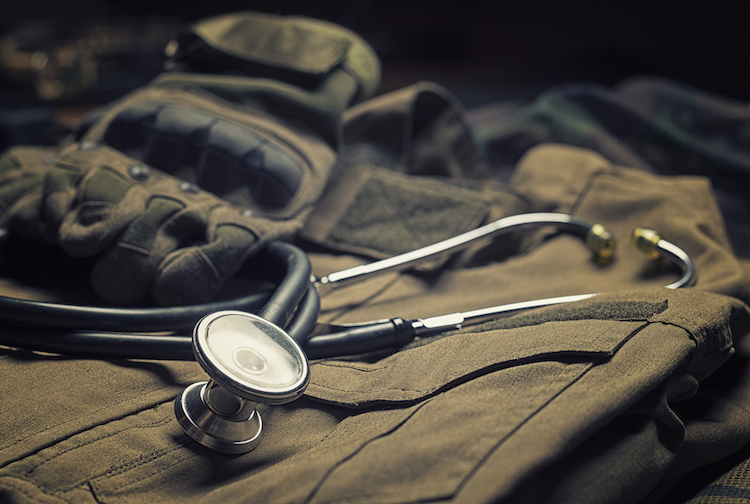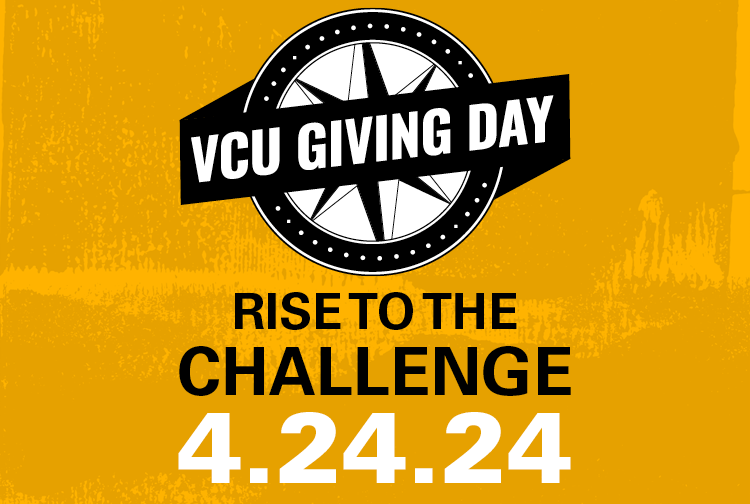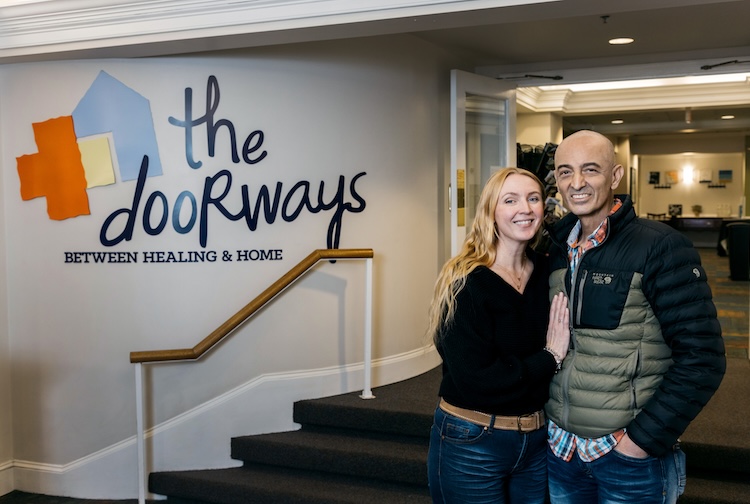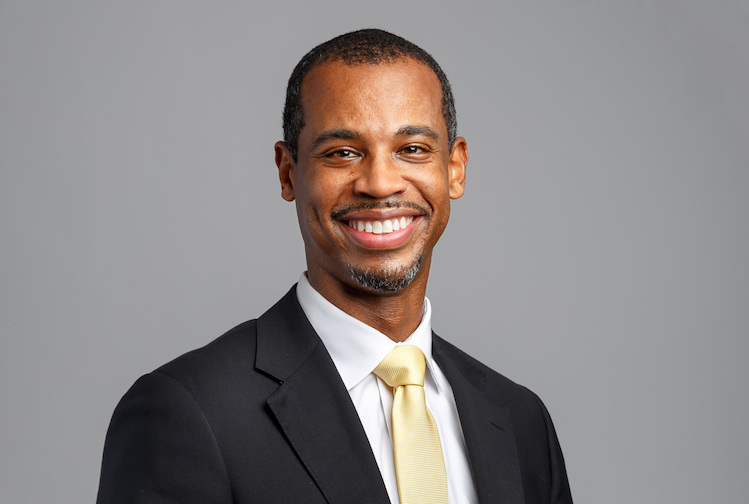
Pointing to lessons learned from the battlefield, VCU symposium highlights importance of responsive trauma and critical care
The annual Rao R. Ivatury Trauma symposium brings together experts from across the country, demonstrating VCU Health’s commitment to being a leader in trauma care and research.
July 28, 2023 Lessons learned from civilian-military partnerships was one of the topics discussed at the 23rd Annual Rao R. Ivatury Trauma symposium. (Getty Images)
Lessons learned from civilian-military partnerships was one of the topics discussed at the 23rd Annual Rao R. Ivatury Trauma symposium. (Getty Images)
By James Shea
Military medical personnel have implemented a great amount of care in treating injuries on the battlefield. These measures also have implications for civilian trauma care.
Omar A Rokayak, D.O., knows this all too well after his time serving in the Air Force Special Operations Surgical Team (SOST). These teams of about six people form mobile medical units to administer care to special units, such as Green Berets and Navy Seals, and quickly perform surgery after an injury. Their mission is to bridge the gap between battlefield care and care at a larger medical facility.
“I think we can learn a lot from the military, and we can learn a lot from the civilian world in terms of practicing medicine,” said Rokayak, who is now a surgeon and clinical assistant professor at the University of Alabama Birmingham.
Rokayak has used his experiences on the battlefield to guide medical research into the evolution of civilian and military partnerships.
For example, a recent review found that about 98% of patients treated by SOST teams survived. Of the 5,100 patients whose cases were studied, most injuries were explosives — grenades or improvised explosive devices — and bullets.
“Many of these lessons can be translated to the civilian environment,” Rokayak said.
Lessons learned from these civilian-military partnerships was one of the topics discussed by researchers and medical professionals as part of the 23rd Annual Rao R. Ivatury Trauma symposium. The conference, held last week, is coordinated by the VCU Center for Trauma and Critical Care Education, VCU Trauma Center, and Division of Acute Care Surgical Services at VCU Medical Center.
This year’s theme was “Hemorrhage Control Across the Continuum of Care,” which was designed to educate attendees about current challenges in trauma care and strategies for hemorrhage control across a range of environments.
“We had a great and unique agenda this year, with local, regional, and national speakers dealing with all aspects of trauma care, from simple to complex and from the prehospital to the acute care setting,” said Michel Aboutanos, M.D., M.P.H., medical director of VCU Medical Center’s Level I trauma center and Trauma System Network. “As central Virginia’s only Level 1 comprehensive adult, pediatric trauma and burn center, and with our renowned center for trauma and critical care education. We are committed to elevate the education, training and expertise of those who care for the injured in central Virginia.”
The symposium brought together experts in trauma care from across the country, like Rokayak, and demonstrated VCU Health’s commitment to being a leader in trauma care and research. The event is named after Rao R. Ivatury, who was appointed professor of surgery in the Virginia Commonwealth University School of Medicine and chair of the Division of Trauma, Critical Care and Emergency Surgery at VCU in 1998.
Creating a continuum of care with new techniques
An element of care highly studied over the years is the timeline between an injury occurring and how long it takes to receive treatment. The “golden hour” in both civilian and military trauma care has historically been the hour after an injury happens, according to Elizabeth Bridges, Ph.D., a clinical nurse researcher at the University of Washington who served for 30 years in the Air Force Nurse Corps.
The less time it takes for the injured person to begin treatment, the better the results.
“Within that first 30 minutes when an individual is critically injured, you need to start the administration of blood and blood products,” Bridges said. “The bottom line is time matters.”
Reducing the time it takes to get a patient to the hospital is a major focus for VCU Health and other hospitals in central Virginia. In an effort to shorten response times, VCU Health, Bon Secours, Mary Washington Healthcare and Riverside Health System announced the formation of an air medical transport alliance in 2021. The alliance expands access for VCU LifeEvac’s base locations from two to three.
There are other challenges for implementation of combat critical care techniques in civilian settings, Bridges notes. It is not only technology, but she says medical teams must have systems in place to reduce the time of treatment. People must be trained on these new techniques to administer blood products closer to the scene of the injury. That way the continuum of care is seamless.
Rokayak agreed. The SOST teams’ responsibilities expanded further than providing medical care, often fixing equipment and taking care of unexpected problems. Numerous training exercises ensured the right systems were in place to allow the teams to operate quickly to save lives.
“Innovation is the key,” Rokayak said. “The lessons we learned in terms of proximity to the point of injury are important.”
Innovations in combat care have also come out of VCU Health and VCU. One example is the invention of Quick Clot Combat Gauze which was brought to scale during the U.S. military operations in Iraq and Afghanistan. The lightweight dressing that stops bleeding is based on technology developed by VCU researchers.



